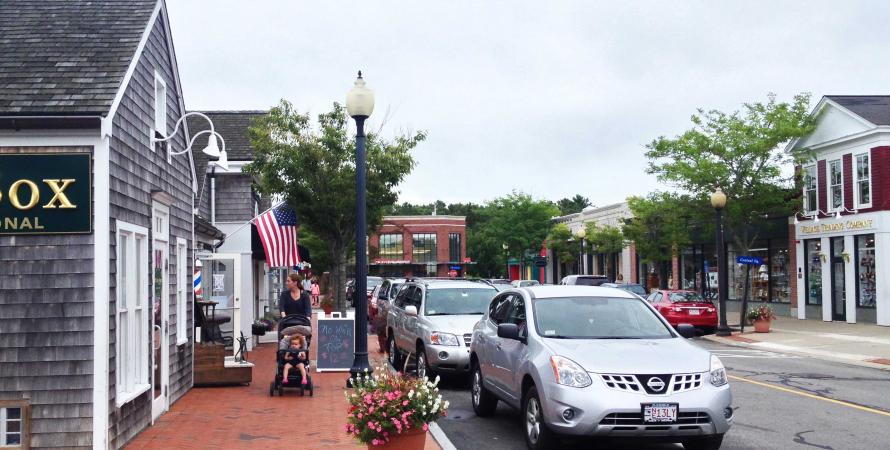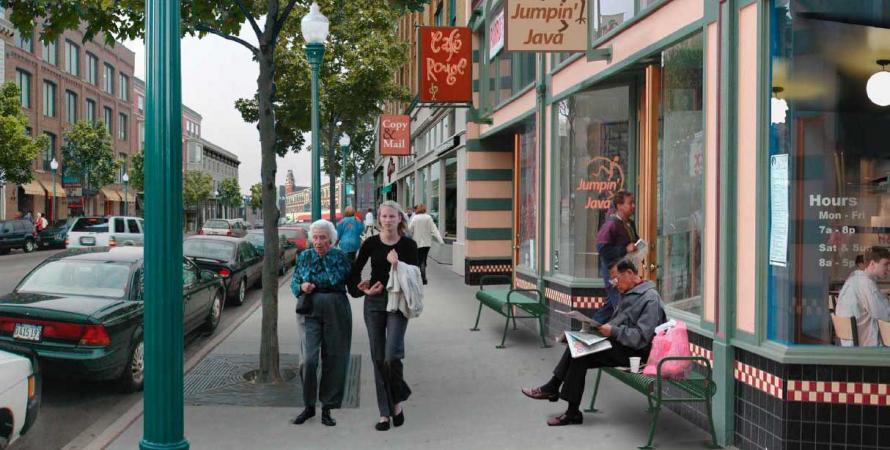-

Great Idea: Building better suburbs through retrofit
Suburbs are becoming more diverse and connected to meet the needs of Americans of all ages in the 21st Century.In celebration of the upcoming CNU 25.Seattle , Public Square is running the series 25 Great Ideas of the New Urbanism. These ideas have been shaped by new urbanists and continue to influence cities, towns, and suburbs. The series is meant to inspire and challenge those working toward complete...Read more -

Families, cities, and schools: Nonprofit and grassroots solutions
Urban living with kids, part four: What we can do to help meet the demand for family-friendly, mixed-use, walkable neighborhoods with great schools.In part three of our series on Urban Living with Kids, we began a discussion on the challenges facing young families with children who desire an urban lifestyle when it comes to neighborhood schools. We also profiled an existing effort led by Tulsa Public Schools to provide a top-notch elementary...Read more -

Sprawling cities are becoming more urban
America's most automobile-oriented cities are changing their growth patterns, making room for new urban planning and development.The largest 25 US “sprawling cities” are still growing at a tremendous rate this decade—but their growth now includes complete neighborhoods in addition to fragmented sprawl. Sprawling cities—such as Houston, Phoenix, San Antonio, San Diego, and Dallas, predominantly in the Sunbelt—grew mostly...Read more -

Great idea: Pedestrian shed and the 5-minute walk
Pedestrian sheds are a foundational idea of designing cohesive communities, but the challenge is the gap between what planners know and developers are building.In celebration of the upcoming CNU 25.Seattle , Public Square is running the series 25 Great Ideas of the New Urbanism. These ideas have been shaped by new urbanists and continue to influence cities, towns, and suburbs. The series is meant to inspire and challenge those working toward complete...Read more